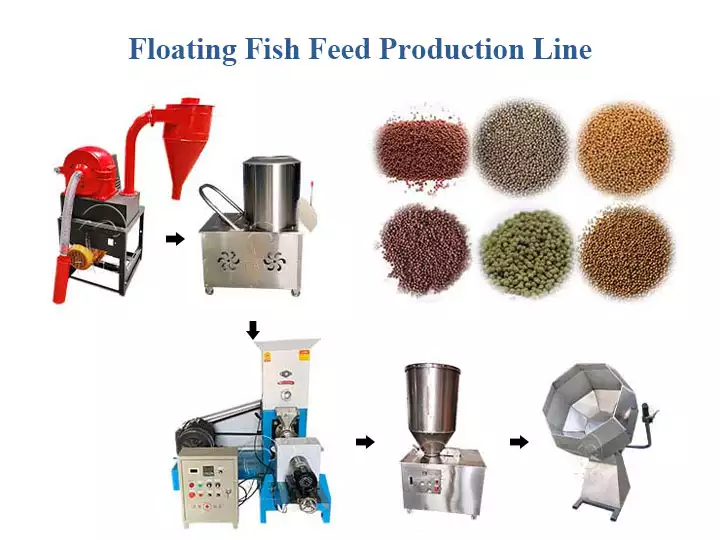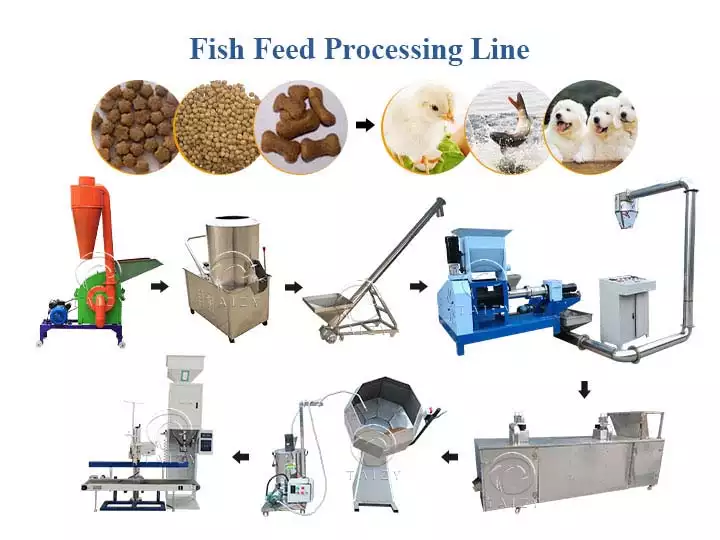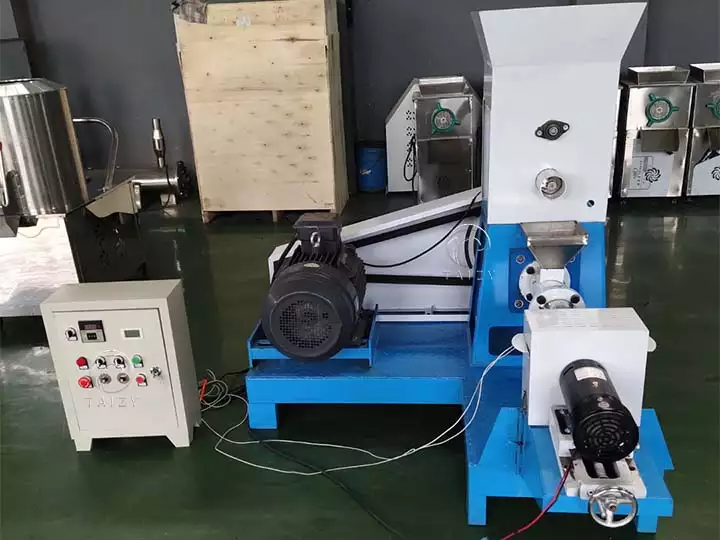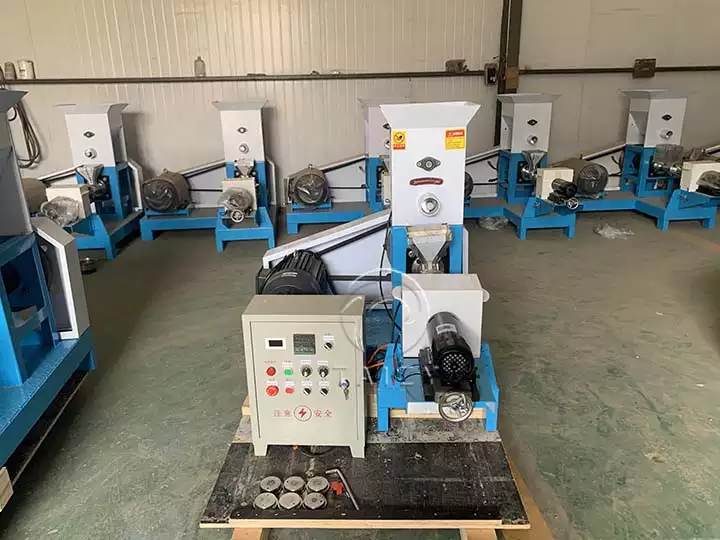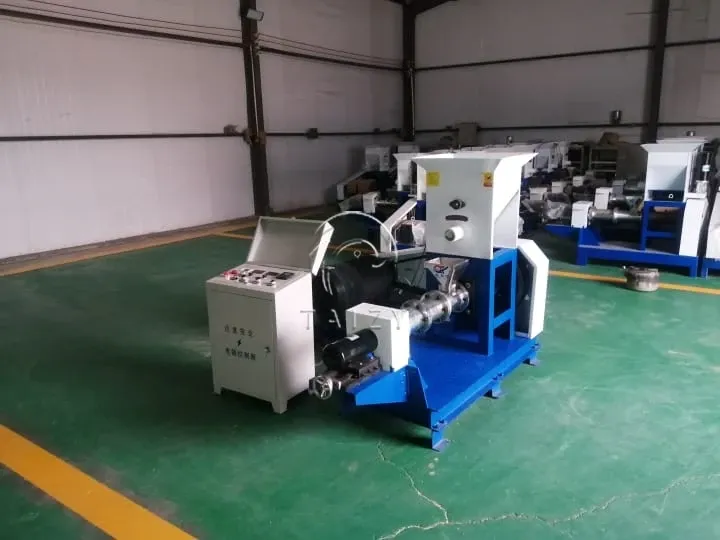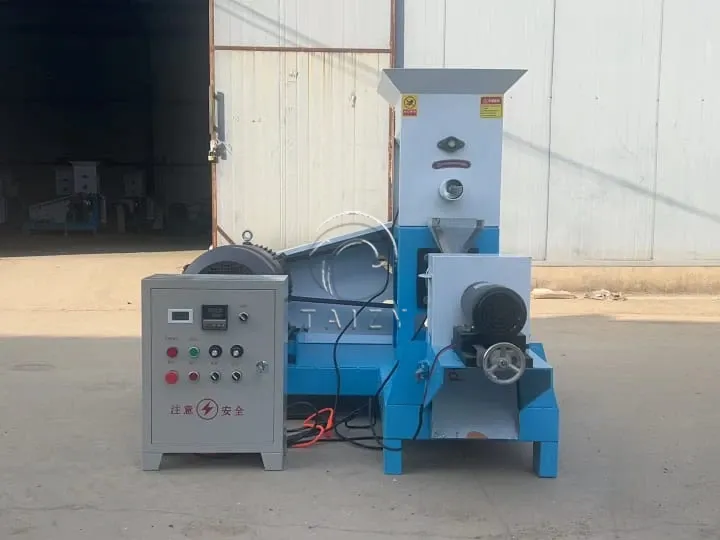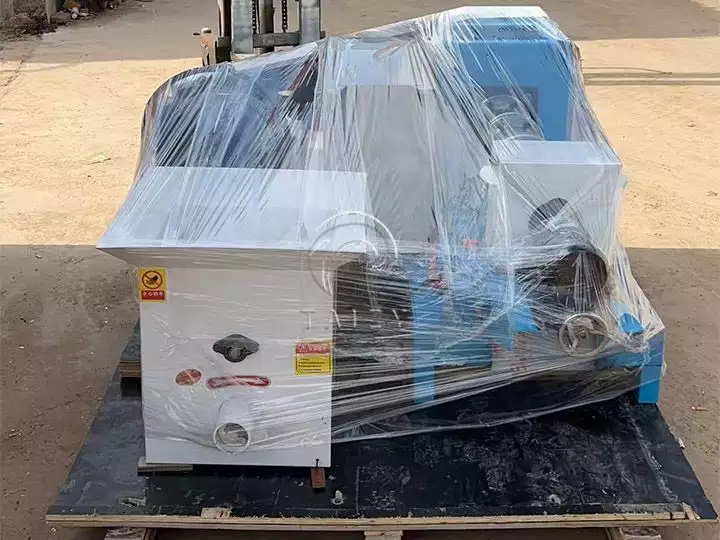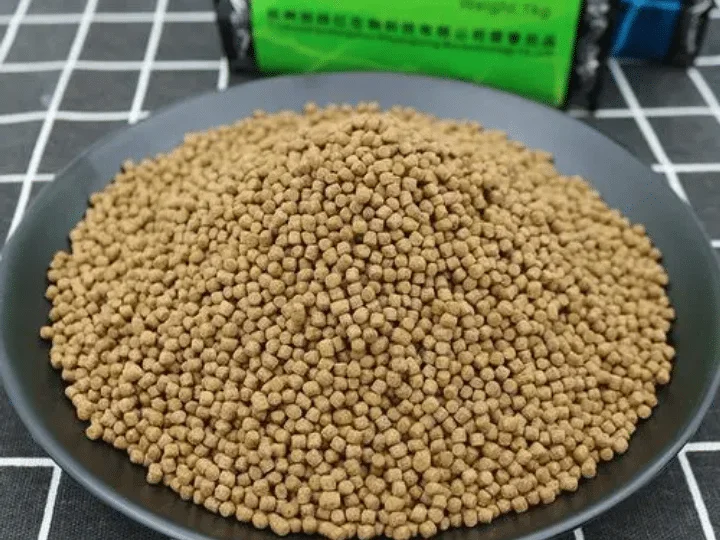How do you make your own fish feed?
In fish farming, making your own fish feed not only reduces costs, but also ensures that your fish receive high-quality, customized nutrition. Here are the steps to produce your own fish food pellets for your reference.
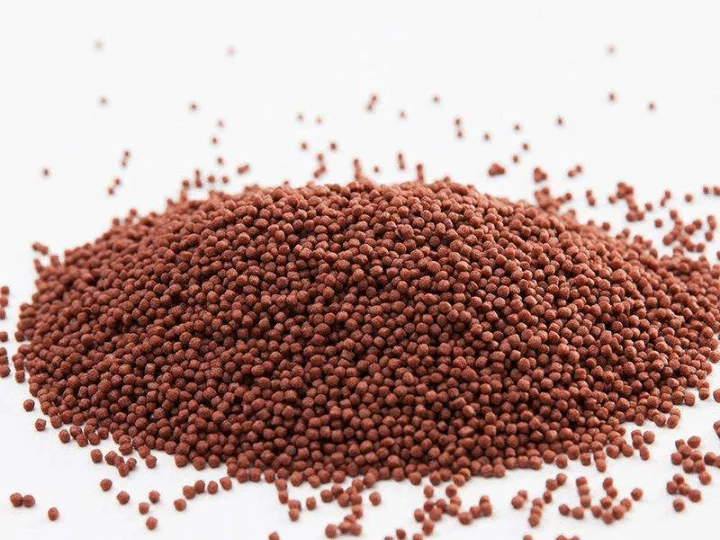
Process of producing high quality floating fish food
Step 1: Choosing quality ingredients
Making high-quality fish food starts with choosing high-quality ingredients. As a fish farmer, you can choose fresh fish meat, fish meal, algae, grains and other ingredients to ensure the feed is rich in many nutrients.
Step 2: Using Taizy’s fish feed pellet extruder machine
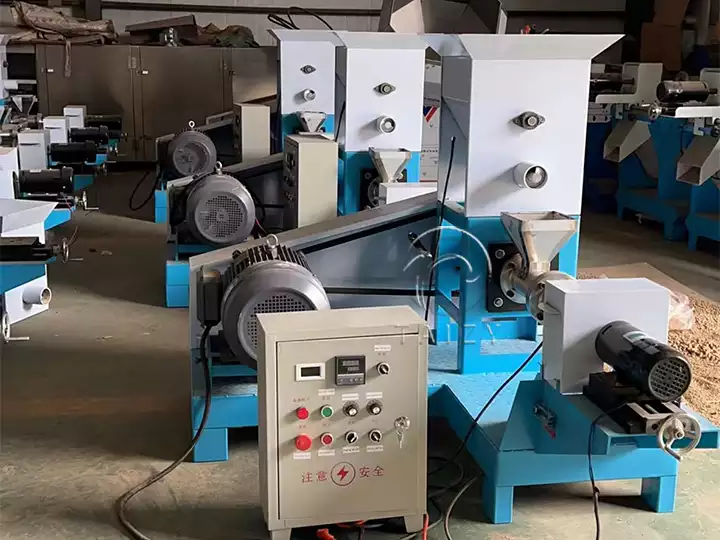
Our fish food pellet machine becomes a key tool. Mixed raw materials are put into the machine, and through its highly efficient pelletizing technology, feed pellets of uniform size and shape can be produced by hot-pressing, expanding and extruding.
Step 3: Customized fish feed production
By replacing the moulds of our fish food pellet maker, you can customize the feed to suit different fish at different growth stages. This flexibility allows you to better meet the specific needs of your fish.
Step 4: Collection for fish breeding
Once the fish food pellets are produced, they can be collected as you need them. Sprinkle directly into the fish pond when needed by the fish.
Advantages of making your own fish food pellets

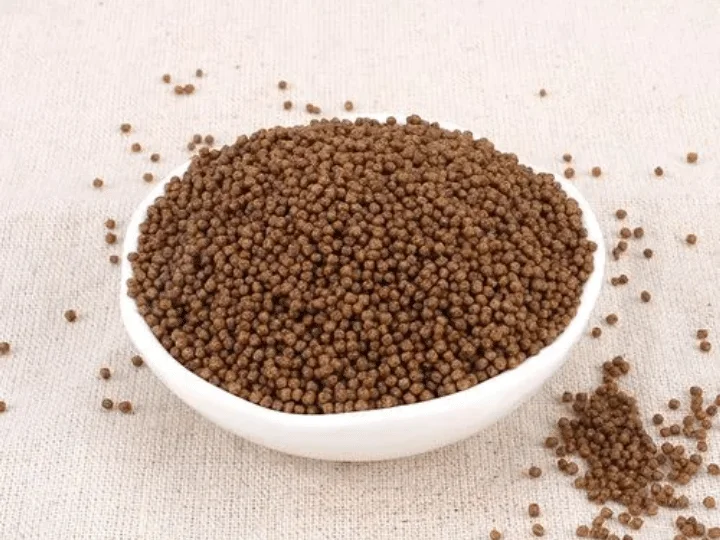
Improving fish feed utilization: Our fish pellet machine technology not only improves feed uniformity and particle size, but also helps to increase feed utilization. This is important for reducing farming costs and improving production efficiency.
Obtaining high-quality aquatic products: By making your own fish food, as fish farmers you can ensure that your fish receive adequate nutrition, which not only promotes growth, but also improves the quality and taste of aquatic products.
Simple formula for your reference
Simple and effective fish food pellets can be made by using the following base ingredients and additives. The base ingredients include fishmeal (50%), cereal meal (30%), algae meal (10%) with an appropriate mixture of vitamins and minerals and yeast.

